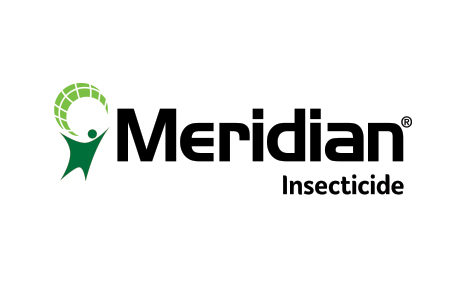Get preventative control of grubs, ants and juvenile mole crickets
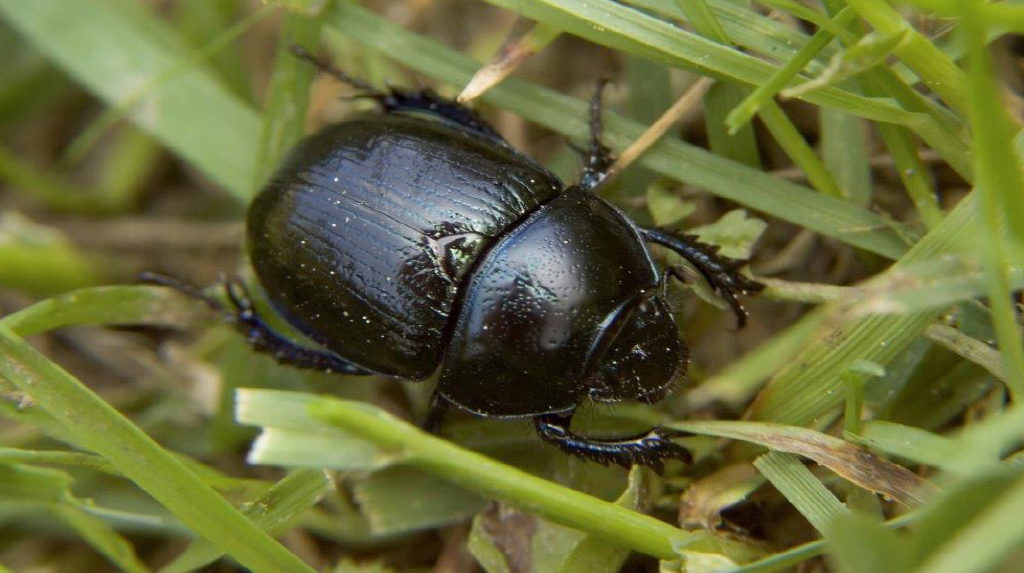
AFRICAN BLACK BEETLE IDENTIFICATION:
Adults grow into 12 to 15 mm shiny black beetles. The males have a thickened tarsus on front leg (to help them dig). The grubs have distinctive orange spiracles along abdomen and thorax. Their raster is a transverse narrow slit (smiling grub). They are relatively inactive during winter, mate and lay eggs in spring (between 6 -12 eggs per female). Eggs incubate for generally 2 - 5 weeks dependent on soil temperature. Eggs hatch into 1st instar larvae. Larvae develop through 3 stages: 1st instar: feeds on decaying organics matter; 2nd instar: As they grow, they begin to feed on plant roots; 3rd instar: The larvae are fully grown larvae, about 25mm long. When the larvae are fully grown they build a chamber, then move into pre-pupae and pupae stages. The pupae develop into adults and emerge after about 2 months. Meridian has excellent efficacy on Black Maiz Beetle (1st and 2nd instar only). The best timing for application is thus during or shortly after peak egg-laying.
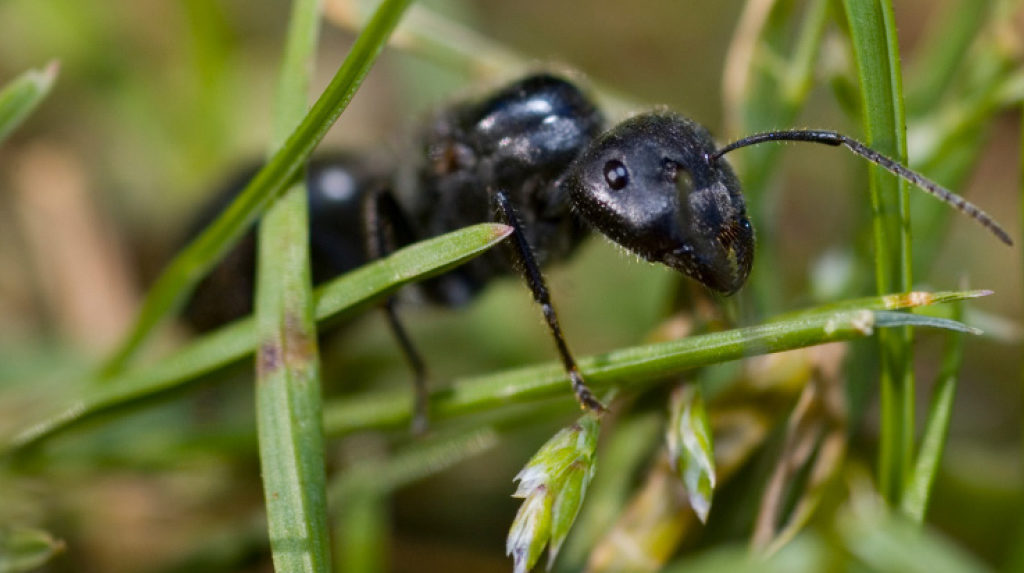
ANTS IDENTIFICATION:
Only a small group of fungus-growing (or leaf cutting) ants cause direct injury to plants, by cutting pieces of leaves to serve as a substratum for their fungus-gardens (e.g coffee and citrus in South America). The majority, however, are predators or necrophages of their insects or feed on plant secretions, sweet liquids such as honeydew (excreted by aphids, scale insects and mealybugs ) or grass seeds. Often, however, some species become indirectly harmful to plants by interfering with the natural enemies of aphids, scale insects and mealybugs. Ants running up and down garden plants are a good indication of the presence of these other pests, which are protected by the ants in return for the honeydew they secrete. In homes, they may become a nuisance by making their nests in the potting soil in potplant containers.
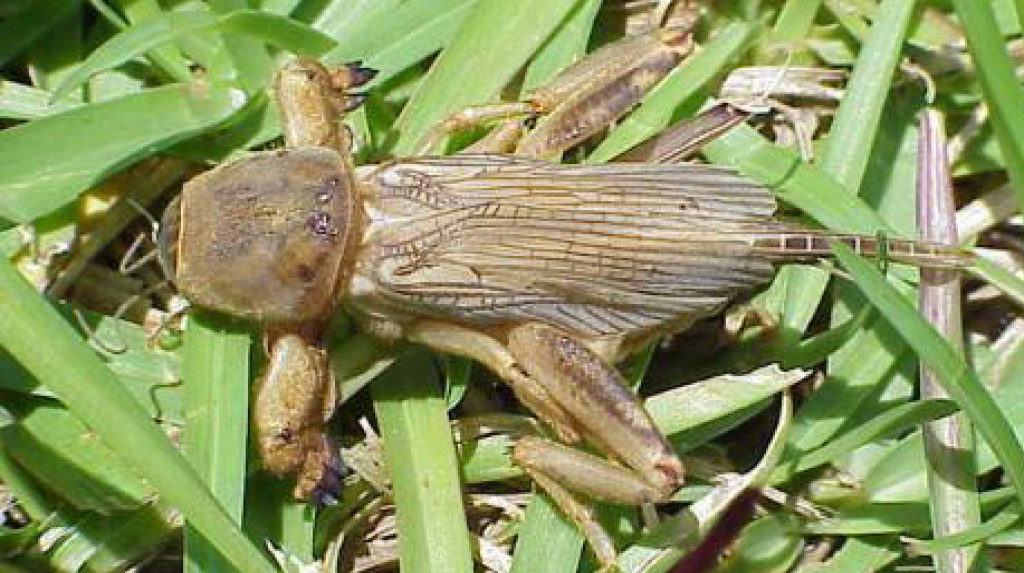
CRICKETS IDENTIFICATION:
Both adults and immatures can become trouble-some on lawns, causing disfiguring tunnels and then feeding on the grass around the holes at night. The damage is especially noticeable during dry periods. Seedlings and young plants may also be attacked. Considerable damage may be done to strawberries where both foliage and fruit are eaten. Mole crickets differ from other crickets in that the front legs are adapted for digging. They feed on the roots of plants and may do extensive damage to potatoes by eating holes in the tubers. Lawns may also be disfigured by their habit of pushing up small piles of earth.
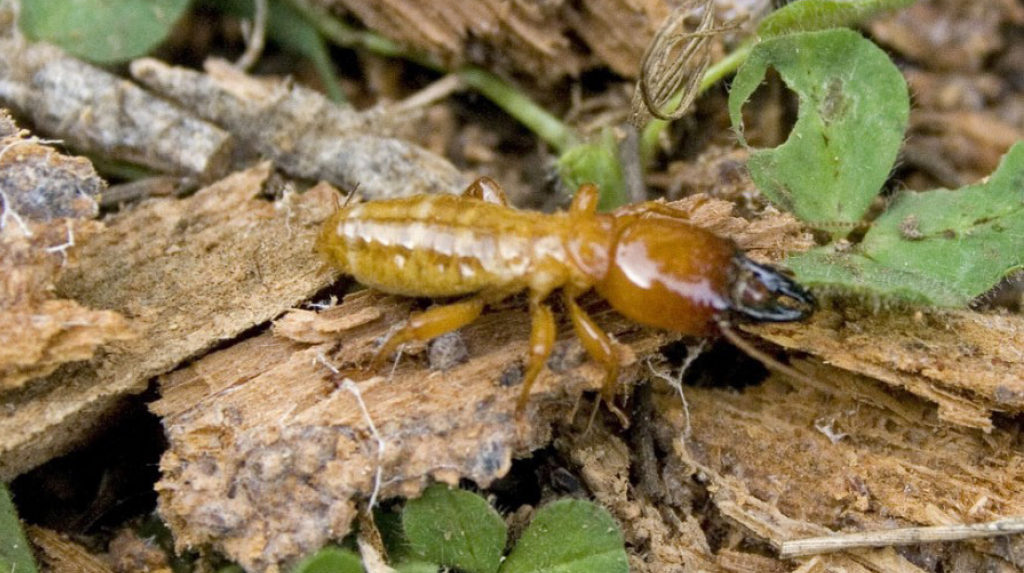
TERMITES IDENTIFICATION:
Their subterranean nests are indicated only by holes on the surface surrounded by small mounds of loose particles of soil. They emerge at night or on cool days in winter, cutting bits of grass and carrying them away to their nests. In the summer rainfall areas, they can do a great deal of damage to lawns during the dry winter. They can be distinguished from the fungus grower termites by their darker (brownish) body colour, as well as by the fact that they have eyes, absent in the fungus grower species.
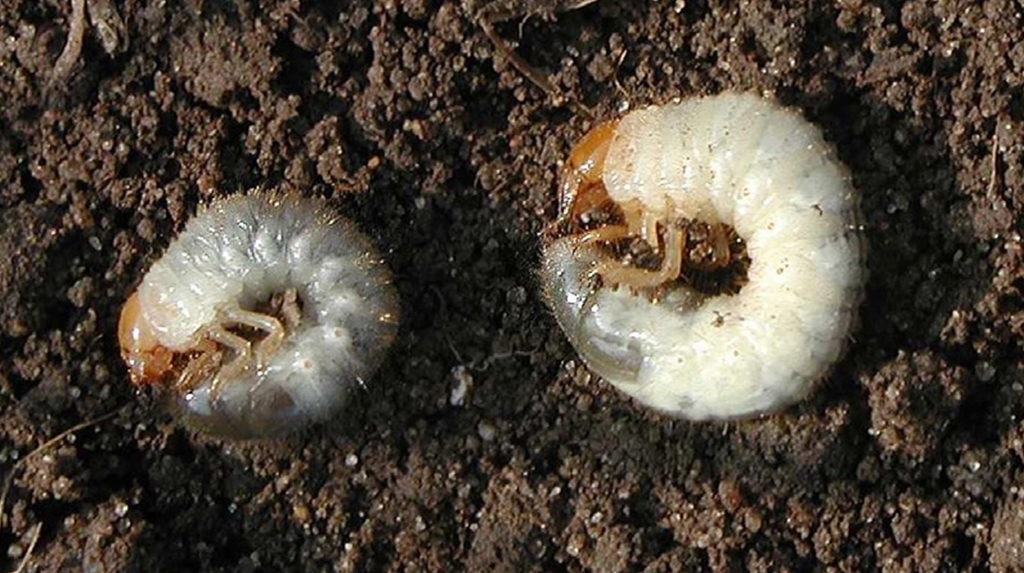
WHITE GRUBS IDENTIFICATION:
These fleshy, white, C-shaped insects which often have a blueish hind end the larvae of scarab beetles. They live in the soil, feeding on humus and the roots of plants. They are often associated with the roots of lawn grasses where they may become troublesome sporadically. In general, they tend to become troublesome where the natural vegetation is removed and replaced by other plants.
Integrated Turf Management:
- Meridian is mainly positioned in the "below surface" insect problems, providing both contact and ingestion activity.
- If treated preventatively, the insects stop feeding within hours leading to minimal turf damage. Death occurs quickly, usually within 24 - 48 hours.
- The product is most active in early development stages of the grubs and mole crickets. Alternative chemistry should be used for the adult stages.
Key Features of Meridian:
• A water-dispersible systemic granular insecticide with stomach and contact action for the broad-spectrum control of ants, juvenile mole crickets, grubs and chinch bugs.
• Curative control through the second instar.
• Highly systemic movement of the active ingredient means faster control.
• Meridian increases root depth and mass whilst controlling the insects.
• Wide application window for the flexible, preventative control.
• Meridian is able to move into the grub zone within one day of treatment. (The grub zones considered the top three inches of the soil profile).
• White grubs that contact or ingest Meridian are affected and mortality occurs quickly to prevent further turf
damage.

